We tend to use more water than is available in the world, which as you can imagine, can be problematic. In a collaborative effort, National Geographic mapped the water gap since 1980:
The result is a water gap in an increasing number of places. Humans are using more water than the water cycle can provide, and so we deplete shallow aquifers, and may need to tap into deep ones that will not be renewed in our lifetime. In the process we threaten not only our own health, peace, and well-being, but also the health of ecosystems and wildlife.

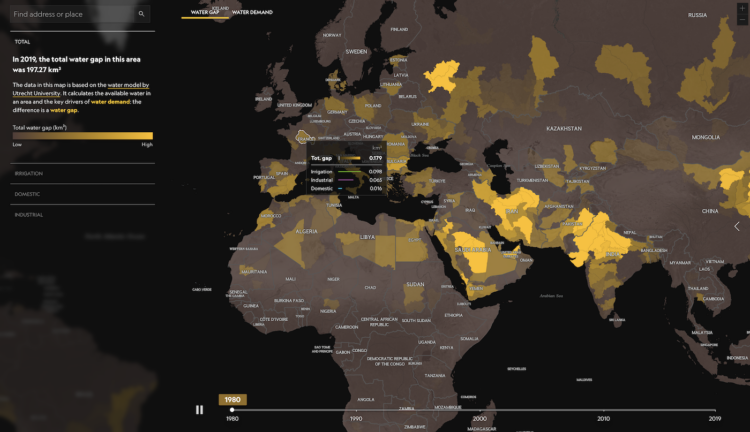




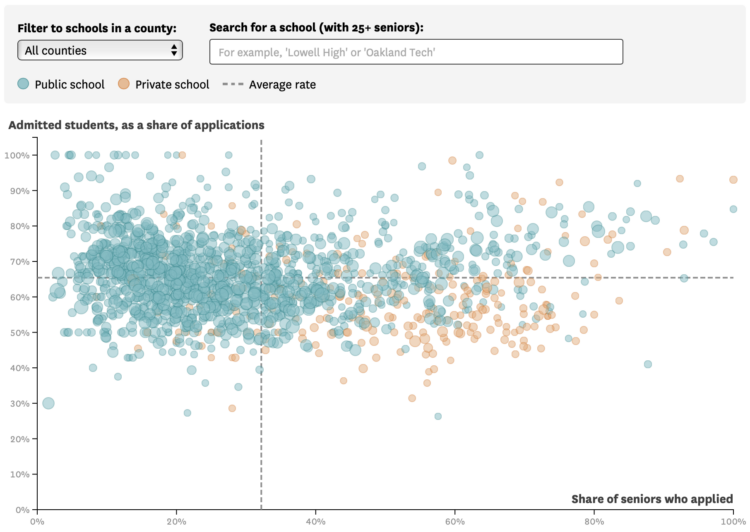
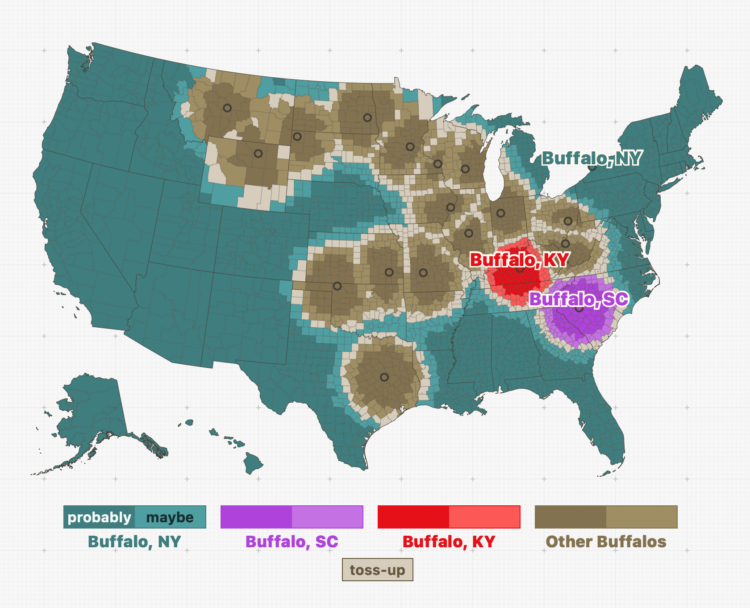
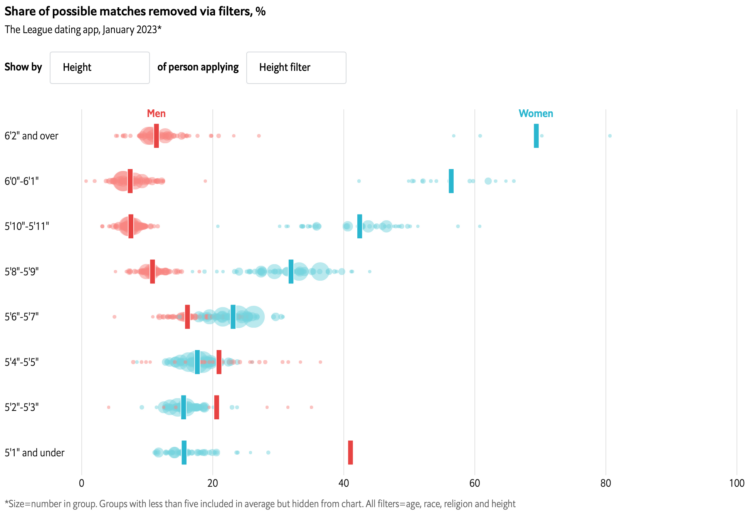
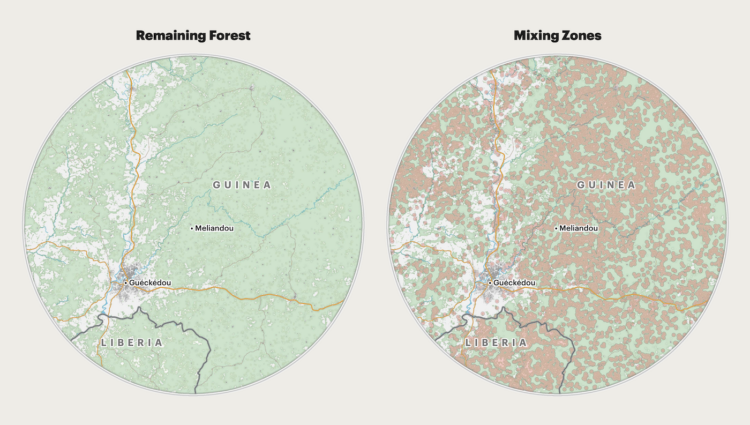

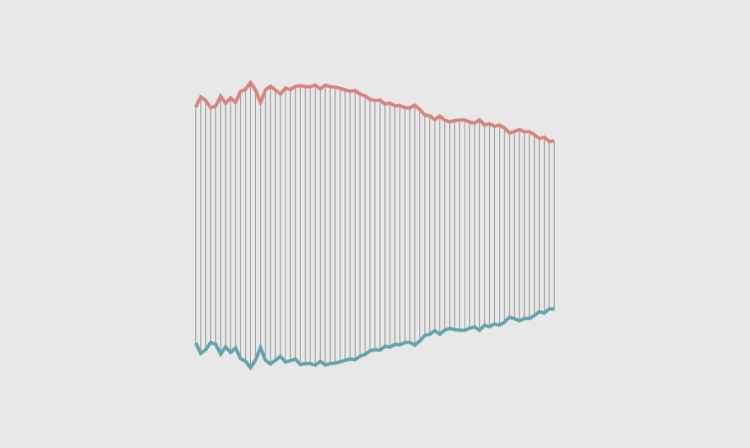

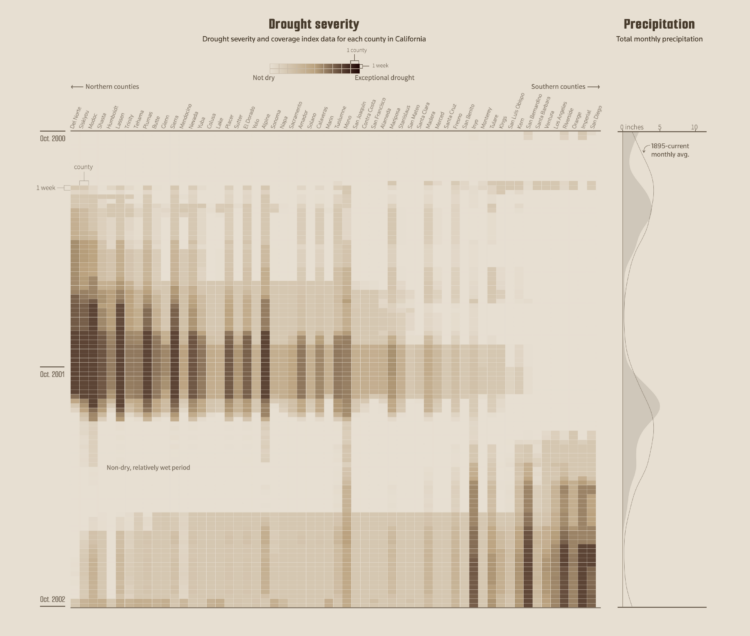
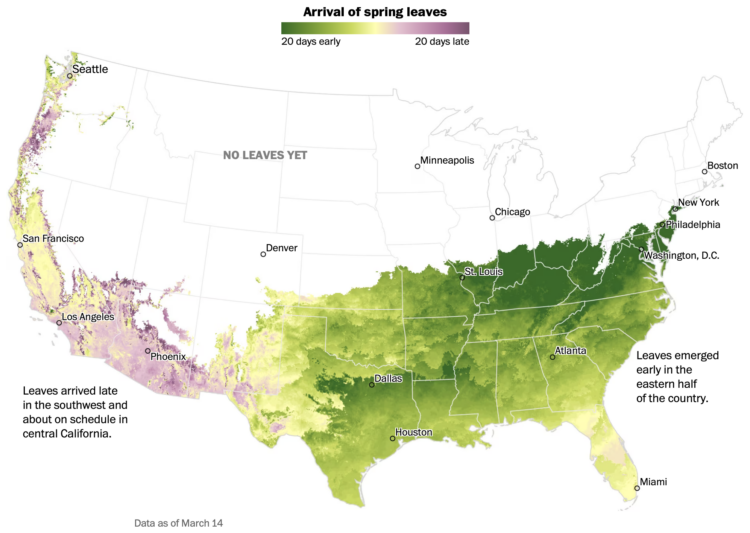
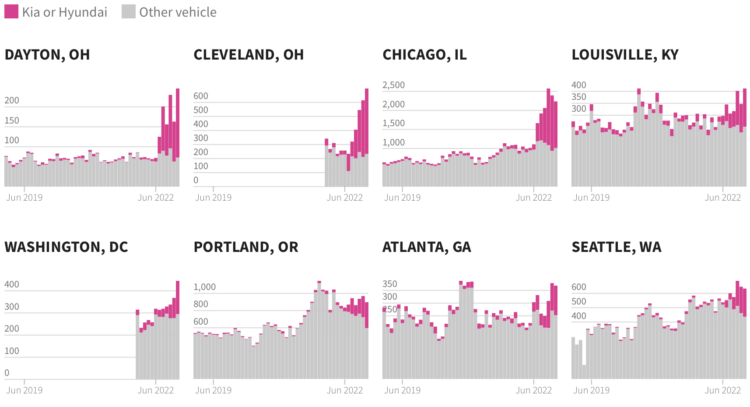
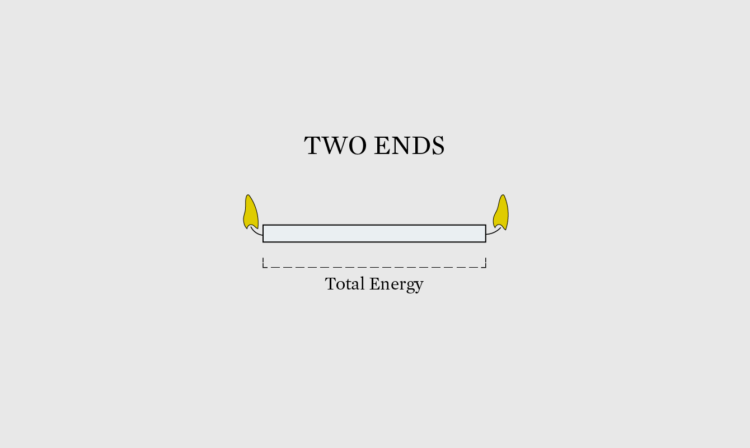
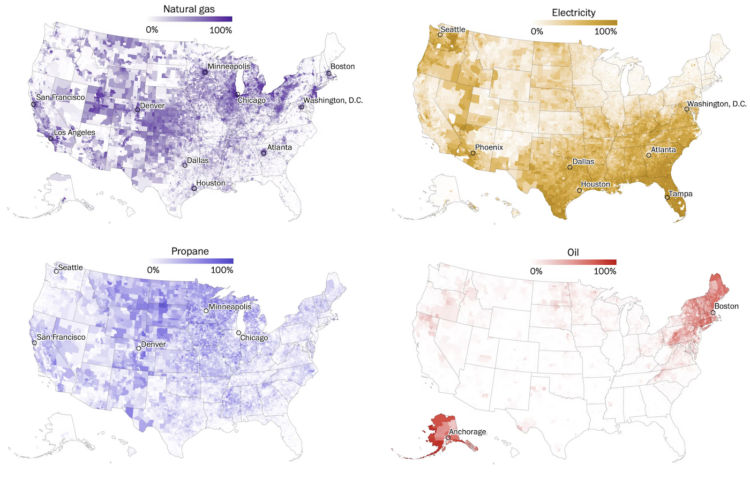
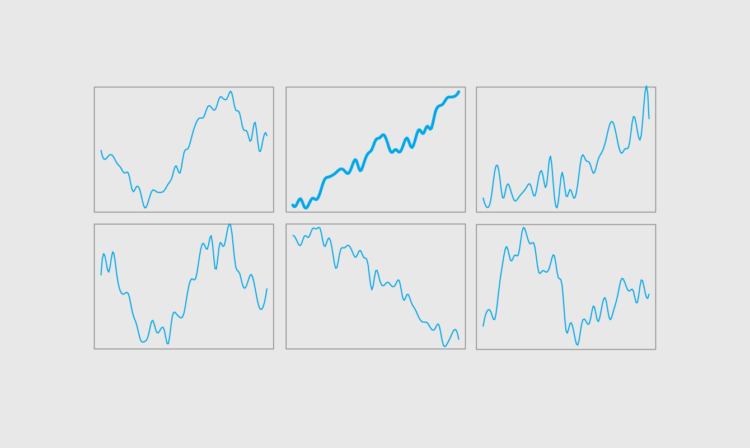
 Visualize This: The FlowingData Guide to Design, Visualization, and Statistics (2nd Edition)
Visualize This: The FlowingData Guide to Design, Visualization, and Statistics (2nd Edition)










